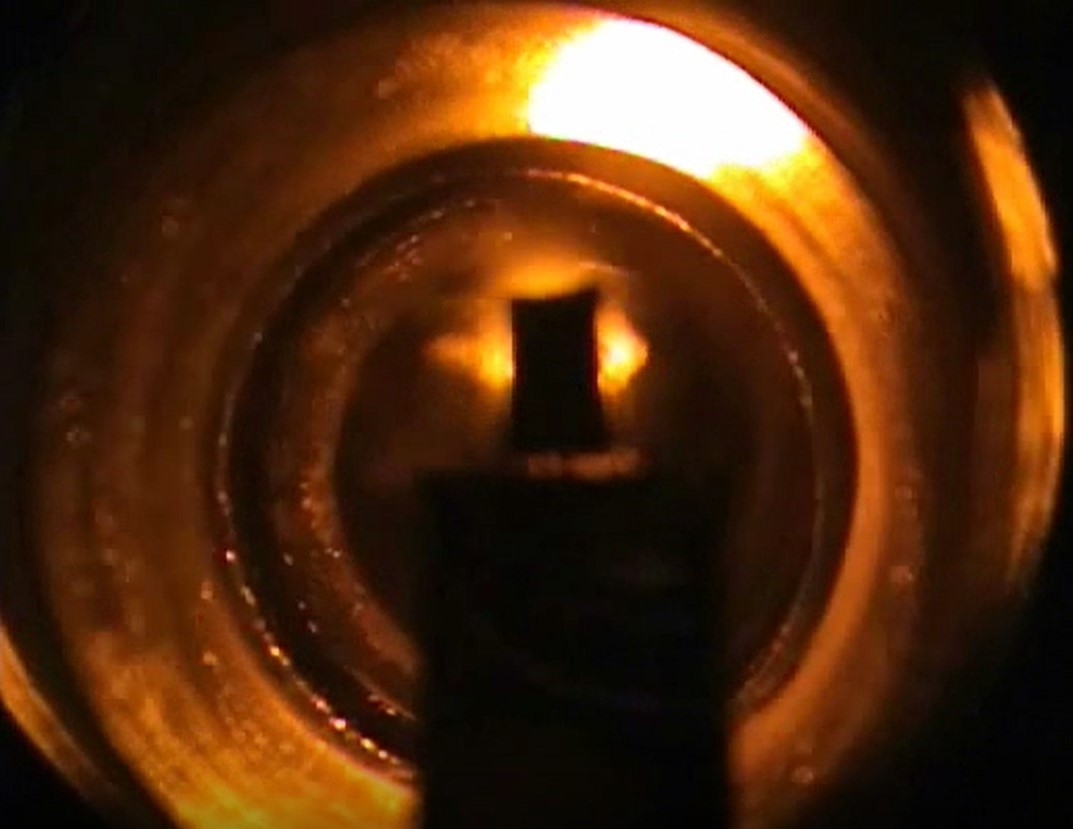

George L. Donati, PhD
Trace elements play a critical role in many processes and the demand for determining their chemical forms and concentrations in samples of economic, technological, and environmental importance has steadily increased in the last few decades. According to the International Union of Pure and Applied Chemistry (IUPAC), trace elements are defined as any element present at an average concentration < 100 parts per million atoms (ppma) or < 100 μg/g. The significance of such analytes can be observed by the different pieces of legislation establishing their maximum allowed levels in drinking water and some food products, and their role in the development of new drugs, materials, and processes.
In the Donati lab, we develop analytical strategies to accurately determine trace elements in superficial waters, consumer products, plant material, and animal tissue. Our research is focused on two main areas: (i) the development of calibration strategies to improve the performance of modern spectrochemical methods such as inductively coupled plasma optical emission spectrometry (ICP-OES), ICP mass spectrometry (ICP-MS), and microwave-induced plasma OES (MIP-OES); and (ii) the application of advanced statistical and machine learning tools, along with trace element data, to study a broad range of issues, from matrix effects in plasma-based analytical methods to anemia of inflammation and diabetes mellitus.
Some recent contributions from our lab include new calibration methods such as multi-energy calibration (MEC), multi-isotope calibration (MICal), multispecies calibration (MSC), and automated standard dilution analysis (SDA). Machine learning tools and naturally occurring species in the plasma atomization source have been used by our group to identify and minimize matrix effects and improve the accuracy of ICP-OES determinations. Advanced statistical tools and machine learning strategies have also been used, in combination with trace element data, to evaluate sheep genetic crossing and nutrition (a collaboration with colleagues from Brazil), iodine concentrations in human milk based on type of diet (a collaboration with colleagues at East Carolina University and the University of North Carolina at Greensboro), and the effects of diabetes mellitus on the elemental composition of toenails (a collaboration with colleagues at Wake Forest University).